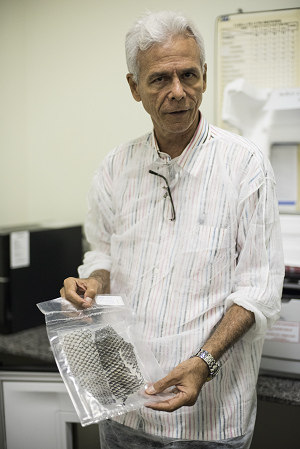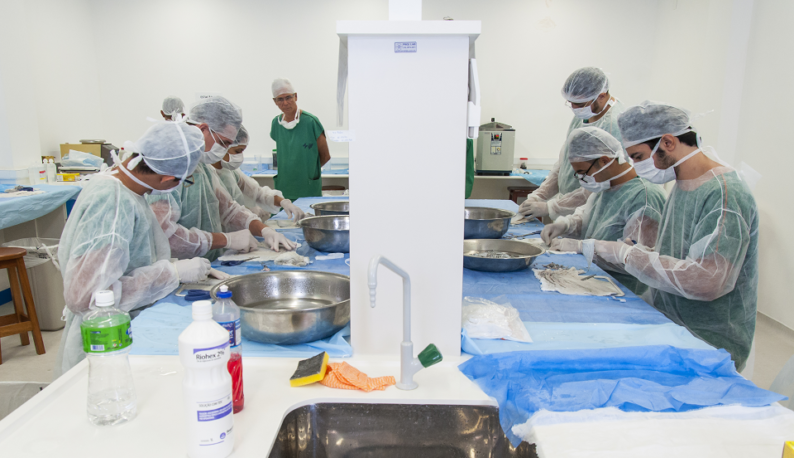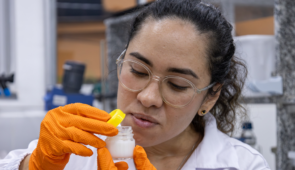The UFC deliverable is now globally known. Tilapia skin as a biomaterial for the medical and several other fields has already assembled an international research network. Currently, the studies are carried out in Brazil and in seven other countries, involving 242 researchers from Latin America, North America, and Europe.
Since its successful use in burn injuries, vaginal reconstruction, and veterinary treatments was proven, the tilapia skin has drawn the attention of research centers around the world, which have been analyzing new applications for the material. Currently, in addition to Brazil, studies are carried out in Colombia, Argentina, Ecuador, Guatemala, the United States, Germany, and the Netherlands.
Among the Brazilian states, researchers from São Paulo, Rio de Janeiro, Rio Grande do Sul, Goiás, Paraná, Pernambuco, and Minas Gerais participate in the studies, in addition to Ceará, which is where the idea originated. Tilapia skin is the object of study of undergraduate, master’s, doctoral, and postdoctoral students in several countries around the world, with a total of 65 research projects and 25 published scientific articles.
The veterinary and odontology fields, and each medical specialty have a research coordinator, in addition to a person in charge in each state or country. The preclinical phase is coordinated by Odorico Moraes and the clinical stages are coordinated by Elisabete Moraes, both are UFC professors; Carlos Paier and Felipe Rocha, Ph.D., are in charge of laboratory studies. According to Dr. Edmar Maciel, who is the general coordinator of all the studies, the tilapia skin’s huge success is due to several factors, but he especially praises the team effort.
“There is no individual success story. The team selection and the horizontal management, emphasizing human resources, allowing everyone to grow, and recognizing the work, professionalism and commitment of each one of the 242 contributors involved in the project since the beginning are the factors responsible for the research achievements”, acknowledges Edmar.

In the state of Ceará, where the general research coordination is located, studies at UFC that investigate treatments for venous ulcers (leg wounds caused by poor blood circulation) also stand out. The state research is also notorious in veterinary medicine, through the treatment of wounds in dogs and horses. In Rio Grande do Sul, these same studies are carried out with cats. The Federal University of São Paulo (USP) tests on horses.
The state also analyzes the skin for nasal cavity reconstruction, and for repair and protection of the palate (roof of the mouth) after the removal of grafts.
TILAPIA IN OUTER SPACE
Outside Brazil, the first study to stand out was the use of the fish skin to treat the bears who were victims of the 2018 California wildfires. In 2019, a research partnership was made between NASA, the USA space agency, and a group of astronauts from Campos (RJ), through which the lyophilized (dehydrated) tilapia skin and the dermal matrix were sent into space, on two occasions, in order to observe the behavior of the collagen structure, for possible application as wound dressings in space missions.
“Tilapia skin research has become globally popular, being featured in four major international TV shows: The Good Doctor, Grey’s anatomy, The Resident, and Vampires. The media have mentioned the studies through more than 700 articles, 17 languages, and in more than 70 countries “, informs Edmar Maciel.
Source: Edmar Maciel, general coordinator of research on tilapia skin – edmarmaciel@gmail.com
Translation: Isabelly Maia – Research Assistant at UFC’s Translation Laboratory (LETRARE/PROINTER)






